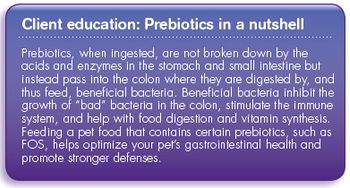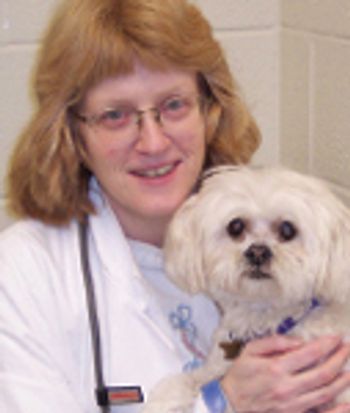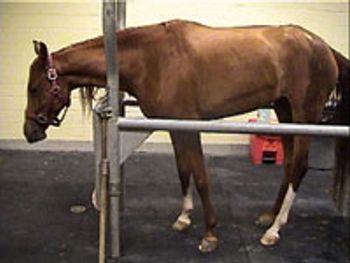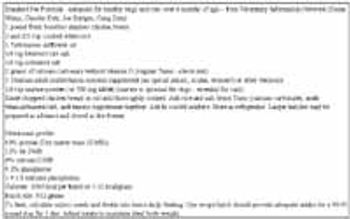
Orlando -- The American Animal Hospital Association (AAHA) will begin work on a new set of guidelines targeting nutrition to help veterinarians make sound recommendations to clients.

Orlando -- The American Animal Hospital Association (AAHA) will begin work on a new set of guidelines targeting nutrition to help veterinarians make sound recommendations to clients.

The Five is live from NAVC: new nutrition guidelines from AAHA, insights to get associates up to speed fast, and more.

Stats, floor plan, and photos of this 2010 Hospital Design People's Choice Award contestant.

Stats, floor plan, and photos of this 2010 Hospital Design People's Choice Award contestant.

Stats, floor plan, and photos of this 2010 Hospital Design People's Choice Award contestant.

Large veterinary hospital floor plan of this 2010 Hospital Design People's Choice Award contestant.

Stats, floor plan, and photos of this 2010 Hospital Design People's Choice Award contestant.

Large veterinary hospital floor plan of this 2010 Hospital Design People's Choice Award contestant.

Stats, floor plan, and photos of this 2010 Hospital Design People's Choice Award contestant.

Obesity, laminitis and equine metabolic syndrome can be managed with the right kind of feed.

One key opportunity to grow your revenue is to increase your therapeutic diet sales.

These days, clients consider their pets to be prominent members of the family. When a pet passes on, help your clients pay tribute to their four-legged friends with these heartfelt commemorations.

Holiday hazard 4: Ribbon and tinsel

Prebiotics and probiotics promote beneficial intestinal bacteria numbers and improve gastrointestinal and overall health.

Sherry Sanderson, DVM, DACVIM, DACVN, answers questions about the advantages of feeding a prebiotic and probiotic in a synbiotic relationship.

Dogs and cats are often observed eating grass and other plants of no apparent value.

Horses' condition makes it easier for vitamin E to do its work protecting cells from free-radical damage.

Manhattan, Kan. -- How will climate change affect the nutritional resources of cattle in the future? Likely, protein availability through grazing will diminish, prompting the need to start thinking about supplemental nutrition sources now, according to a study from Kansas State University.

Participation in this CE offering is available to members of the National Association of Veterinary Technicians in America. The applicable article is available in the December 2008 issue of The NAVTA Journal. (1 CE credit)

Considering the large impact of immunology on companion animal practice, it's natural to wonder what role nutrition plays.

Some owners prefer to prepare homemade foods – feel less guilty and have impression of preparing a "real meal" that is "more natural" and "more traditional".

Obesity is the most important malnutrition of companion animals. It can be a disabling medical condition when moderate to severe in scope. At prevalence rate estimates of 10-40%, obesity must be considered a significant hazard to dogs and cats.

Nutritional needs of the anorectic or debilitated animal are sometimes overlooked, since most of the focus is placed on curing the disease and not the whole patient.

Supplementation of diets may be necessary due to dietary imbalances or because of disease-specific therapeutic benefits of the supplement.

Foods, whether for human or animal consumption, are supposed to provide nutrients for maintenance of health; however, situations arise where the food may be source of the problem.